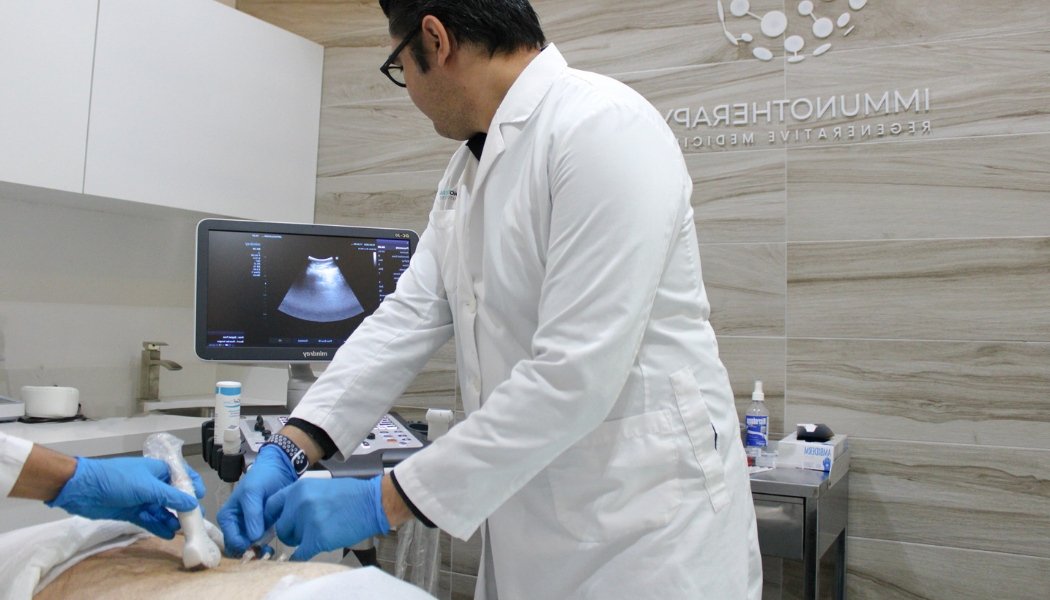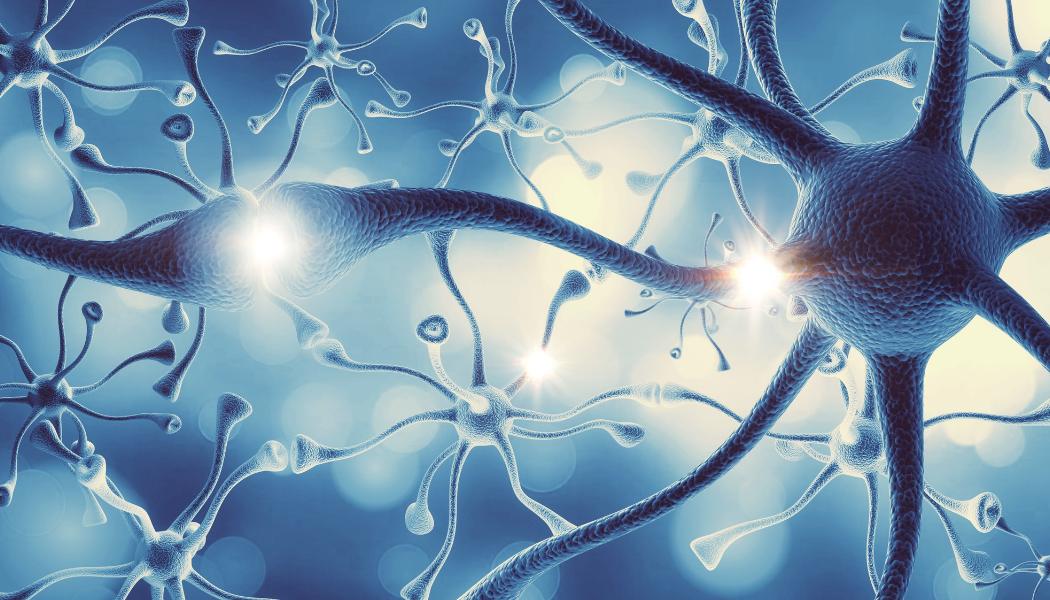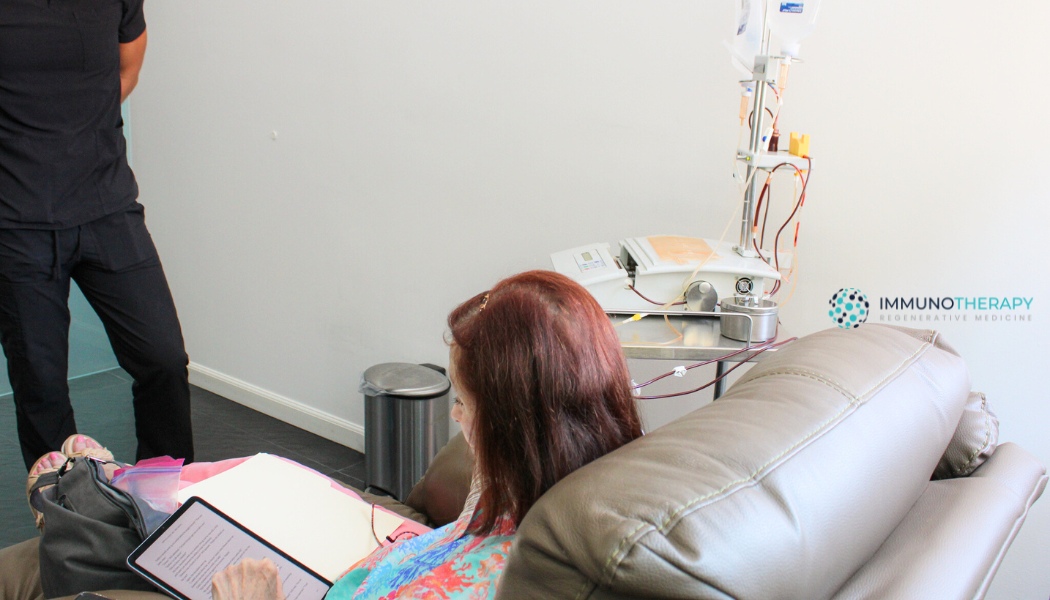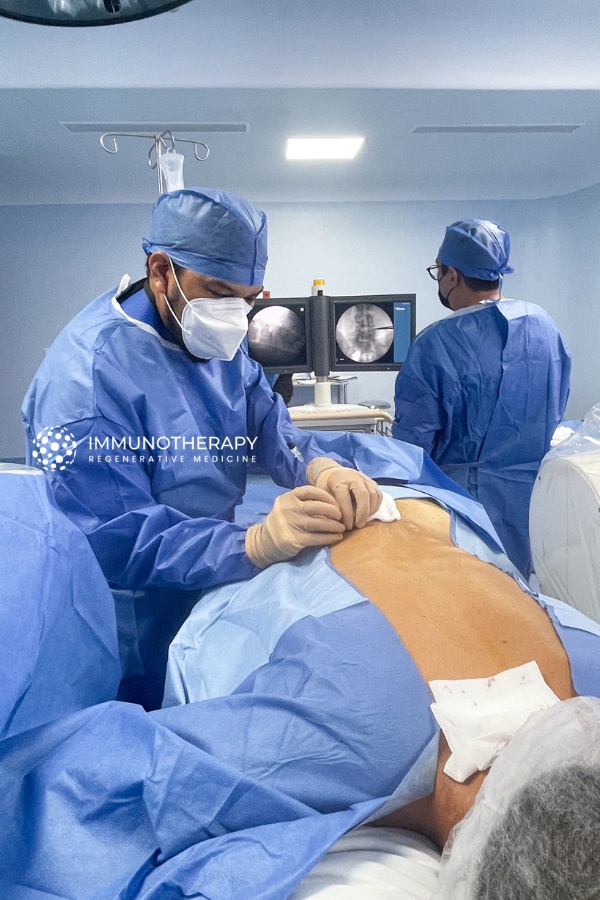Alternative Cancer Treatments in Mexico
Cancer, one of the most challenging diseases globally, is characterized by the uncontrolled proliferation of abnormal cells. Its conventional treatment often has significant side effects and the disease can become resistant. At Immunotherapy Regenerative, we provide a promising and revolutionary alternative in the fight against cancer.
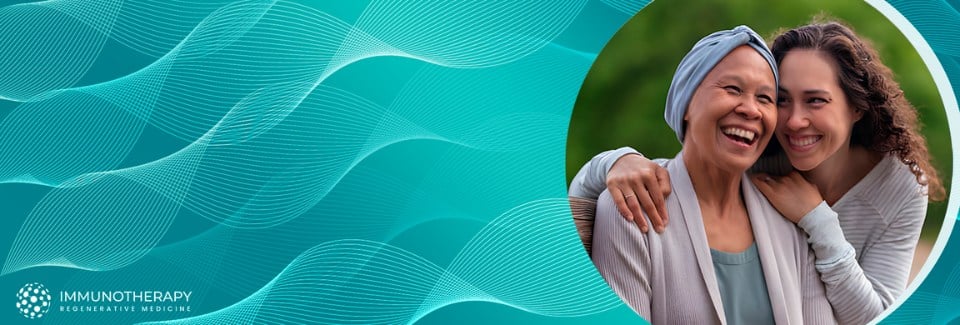
What is cancer?
Cancer is one of the major diseases affecting the global population; it is considered a process of uncontrolled growth and dissemination of malignant cells, and it can appear in any tissue of the body. The process by which normal cells transform into cancerous ones is called “carcinogenesis”. It originates from alterations in the genetic material called “mutations”, which give the cell the ability to divide at a faster rate and generate offspring that retains this mutation (clones).
Normally, the cells of the immune system are capable of eliminating these tumor cells in a process called “tumor immunosurveillance”. However, some of these clones can acquire new capabilities that allow them to evade these control mechanisms, thereby developing a neoplasm.
What are the main differences between cancer cells and normal body cells?
Cancer cells possess very peculiar biological characteristics that give them a high capacity for reproduction and survival compared to normal body cells. Among them are the following:
- Autosufficiency in growth signals: Normal cells require specific external stimuli or signals to go from a state of rest to a proliferative state, whereas cancer cells have autonomy from these growth signals, i.e., they have the ability to self-stimulate, which allows them to multiply at a faster rate.
- Insensitivity to growth inhibitory signals: In normal tissues there are multiple antiproliferative signals, which can block cell reproduction, inducing the cell to remain in a state of rest, or rather, inducing it to permanently renounce its proliferative potential. Tumor cells, on the other hand, can avoid different antiproliferative signaling, allowing their exponential multiplication without any control.
- Unlimited replication potential: Telomeres protect the ends of chromosomes to prevent them from wearing out. Normally, each time a cell divides, the telomeres become slightly shorter. This progressive shortening leads to the aging of cells, culminating in cell death. In the case of cancer cells, overexpression of the enzyme “telomerase” prevents the shortening of the chromosomes’ telomeres, thus allowing an unlimited number of cell divisions by blocking the aging process.
- Angiogenesis: Tumor cells can produce “vascular endothelial growth factor”, which induces the formation of blood vessels. This ensures the tumor is well vascularized and its cells do not necrotize or die from lack of nutrients. This is a vital process for tumor development, otherwise, its growth beyond 2 to 3 mm in diameter would be impossible.
What are the risk factors for developing cancer?
The risk of cancer in a patient with a family history is low, although there is a greater genetic association for some types of cancer. There are also chromosomal alterations that predispose to cancer, such as the affection of chromosome 11 associated with bladder cancer and chromosome 3 associated with kidney and lung cancer.
The proportion of tumors due to radiation exposure is less than 3%. Almost all tissues are sensitive to tumor induction by ionizing radiation, with bone marrow, breast, and thyroid being particularly vulnerable. Sun radiation is the main risk factor for skin cancer.
Biological agents can have a certain carcinogenic influence, such as Epstein Barr Virus, Hepatitis B and C Virus, Papillomavirus, HIV, Helicobacter Pylori, Schistosoma, and Clonorchis Sinensis.
Approximately 30% of cancer deaths are due to five behavioral risk factors: high body mass index, reduced intake of fruits and vegetables, lack of physical activity, tobacco use, and alcohol consumption.
What treatments are currently available to fight cancer?
A wide variety of techniques, procedures, and drugs are available for cancer treatment, many of them still under study. Some of these treatments are “local”, such as surgery and radiotherapy. Drug treatments such as chemotherapy, immunotherapy, and targeted drug therapy are classified as “systemic” because they reach the whole body when applied.
The most commonly used cancer therapies rely on chemotherapy, radiation, and surgical resection alone or in combination. However, combination therapy is not effective against all types of cancer, and severe toxicity cannot be ignored. In addition, in many cases, cancer tends to recur, metastasize, and often develops resistance to previous therapies.

